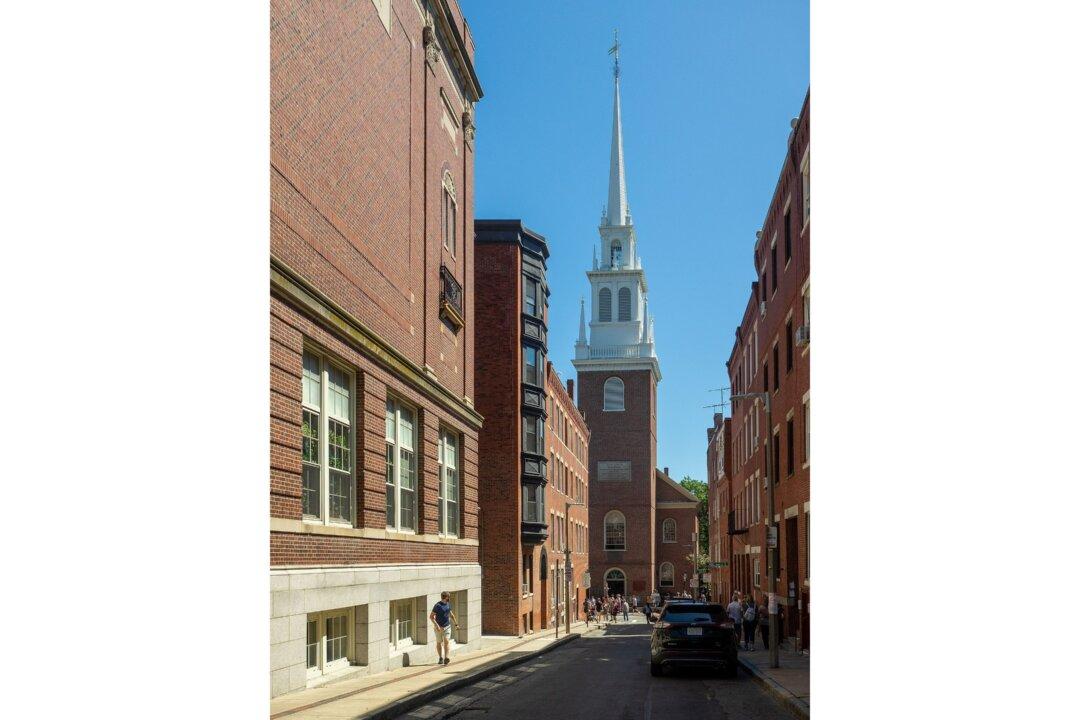Many people have heard of the Presidio of San Francisco, but they aren’t as familiar with the Presidio in San Diego. Yet, high on a hill overlooking the city’s Old Town are historically significant grounds and an impressive structure worth exploring.
A Spanish word meaning a fort or settlement, “presidios” were built primarily for the protection of Spanish missions along the West Coast of the United States. The largest, now a National Park Historic Site, is in San Francisco and was established in 1776. Yet, on the opposite end of California, at the southern tip in the state’s second-largest city, is the site of a presidio that was founded eight years earlier.

Old Town in San Diego attracts around three million people annually. But Presidio Park experiences much less traffic because both residents and visitors are unaware of its historic importance, park-like beauty, expansive views, and on-site museum.
The presidio that existed here was California’s first military fort and mission. Father Junípero Serra, an 18th-century Franciscan Order Spanish priest, raised a cross and blessed the slope overlooking San Diego Bay.

A fort and chapel were built, and upwards of 400 people once lived inside the fort. Eventually, these inhabitants and their descendants spread out into Old Town and other areas of the undeveloped coastal landscape and began to construct homes and farms, growing San Diego into a larger community.

Restoration
It wasn’t until the early 1900s that a successful department store owner, George Marston, deemed that the hill’s history was important enough to purchase the land and preserve what remained of the original fort. He first had a park built, where the Serra Cross stands, made from fragments of tile and brick from the original presidio. Additionally, the grounds have hosted an archaeological excavation site.
Leading to Presidio Park’s museum structure is an arched and log-ceiling arcade; inside is a tower, stucco walls, open beam ceilings, porthole windows, decorative brass hardware, and a mural presenting San Diego’s early history.

The 1.5-mile Presidio Park Loop offers visitors with some idea of the views afforded to the first settlers housed at the fort—although much imagination is needed to envision the now densely populated cityscape as a rural, unblemished vista.

To truly understand what California looked like before commercialization, it behooves travelers to the state to take a ferry ride over to one of the uninhabited islands in Channel Islands National Park, roughly 190 miles north of San Diego. There, they can imagine what San Diego looked like prior to its development.







